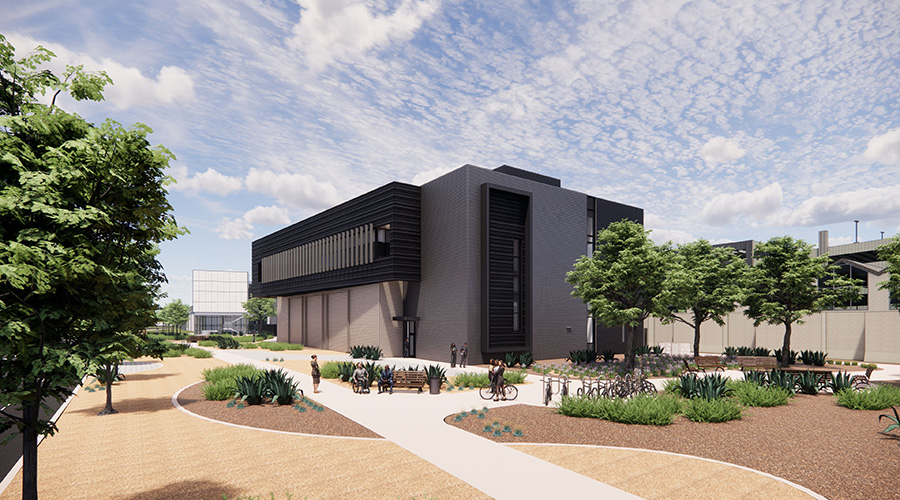The need for improved envelope performance is being driven by concerns about building energy use. And as American hospitals spend more than $10 billion on energy annually, according to The Commonwealth Fund, energy use is always a topic of interest for healthcare facilities.
"Better enclosure design is one of the most significant ways to boost a building's energy efficiency," says an article in Building Design + Construction. New codes and standards, the net-zero movement and evolution in facade systems are answering those concerns, says the article.
Stricter codes and standards — The International Energy Conservation Code (IECC) and ASHRAE 90.1 have added new and increased insulation requirements for walls and roofs. For example, roof insulation requirements in Zone 4 have gone up to R-25. Solving for this requirement is more complicated than just slapping up more inches of insulation, of course. Assemblies must be designed so as not to create double vapor barriers and certain insulation types trigger fire safety code compliance concerns, for example.
Prescriptive paths to code compliance are also further limiting window-to-wall ratios, with the 2012 IECC taking it down to 30 percent as a percentage of the roof area, says the article. Performance-based approaches allow design teams flexibility to pursue much-coveted glass enclosures while meeting energy requirements. Although advances in glazing, such as using triple glazing, electrochromic glass and nanogel-filled glazing, improve design options, currently a well-designed wall will still provide better thermal performance. To balance this performance against the benefits of daylighting and views requires judicious site-specific design.
Net-zero movement — More buildings are pursuing net-zero energy and the envelope plays a major role in that endeavor. According to the article, walls in a net-zero facility may be R-60 or more and the roof can be almost at R-100. These extreme values are pushing domestic manufacturers to provide products that can meet the specs, such as super-insulating vacuum insulated panels.
Responsive facade systems — Further on the cutting edge of envelope technology are active facade systems, which offer dynamic responsiveness to the environment but also a high-degree of design complexity. The Al Bahar Towers in Abu Dhabi are cited as an example, with an intelligent shading system of translucent geometric panels, each driven by a linear accelerator. As the panels open and close over three sides of the 29-story twin towers, they reduce solar heat gain by 50 percent, says the article, as well as form decorative patterns.
High-efficiency enclosures don't offer quick paybacks but make strong financial sense over the life cycle of a facility, says the article, and benefit from facility leaders who can grasp the big picture.
Read the article.

 What Every EVS Leader Needs To Know
What Every EVS Leader Needs To Know Blackbird Health Opens New Clinic in New Jersey
Blackbird Health Opens New Clinic in New Jersey St. John's Riverside Hospital Falls Victim to Data Breach
St. John's Riverside Hospital Falls Victim to Data Breach Grounding Healthcare Spaces in Hospitality Principles
Grounding Healthcare Spaces in Hospitality Principles UC Davis Health Selects Rudolph and Sletten for Central Utility Plant Expansion
UC Davis Health Selects Rudolph and Sletten for Central Utility Plant Expansion